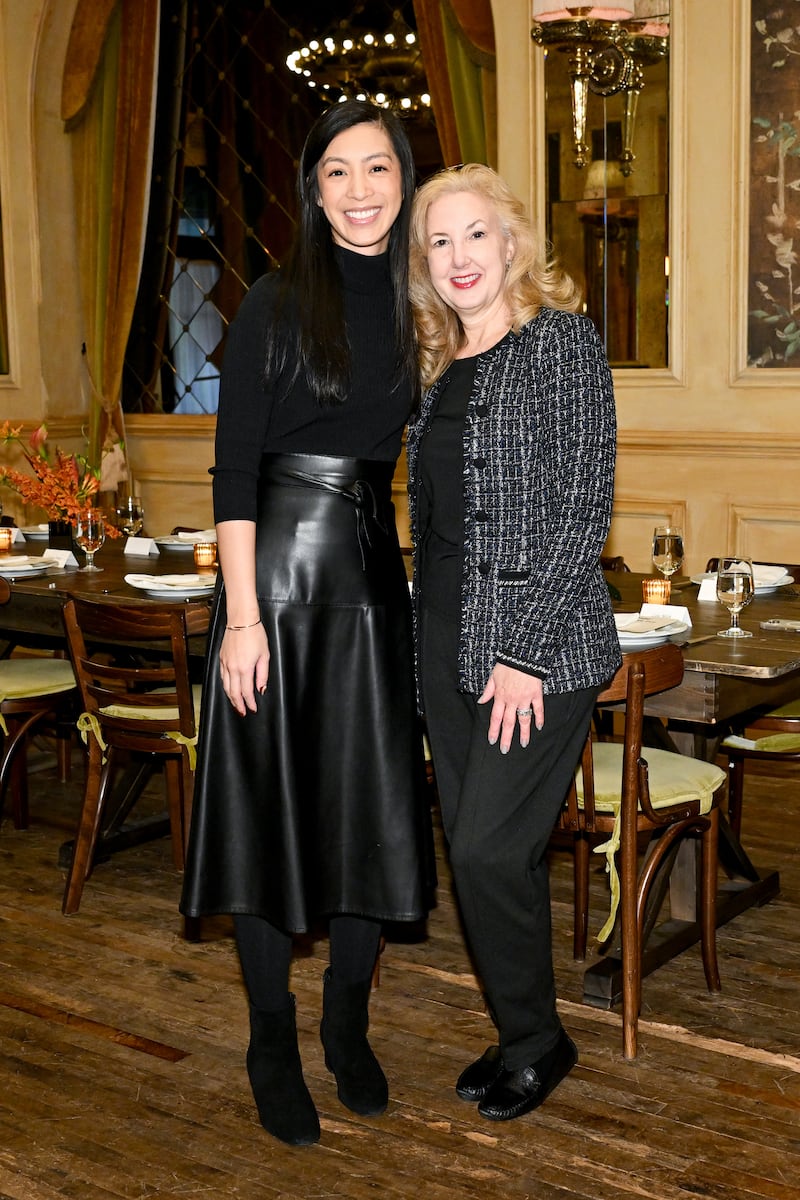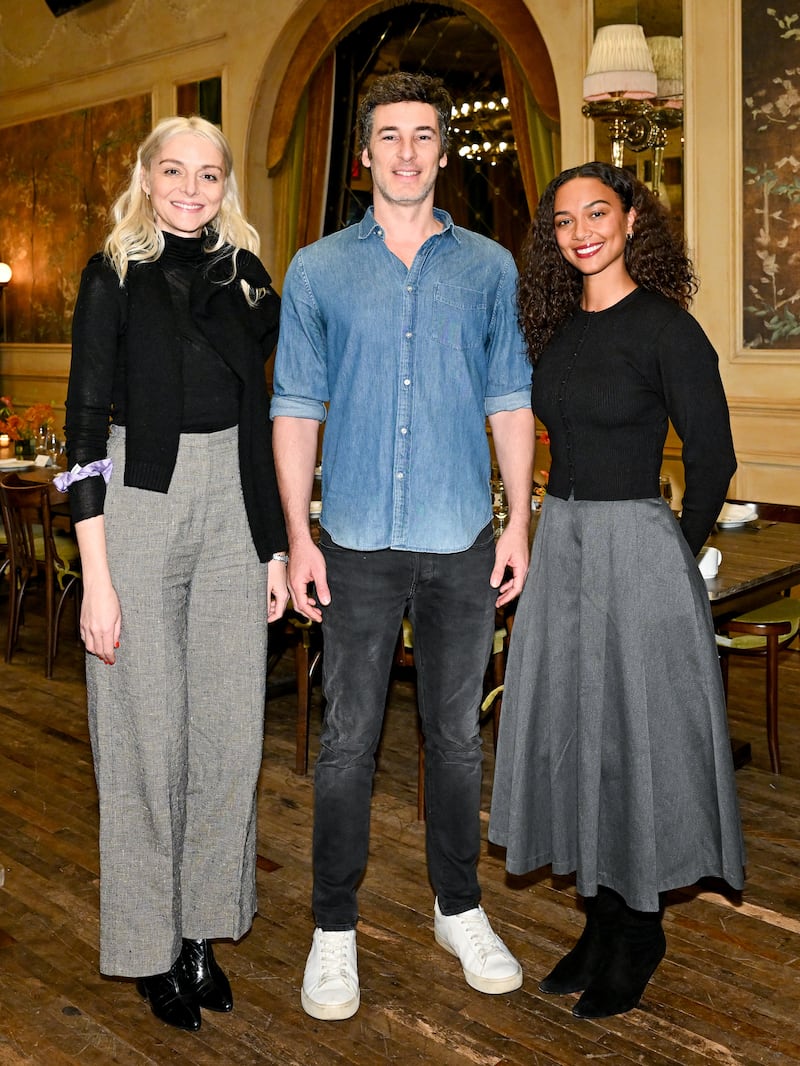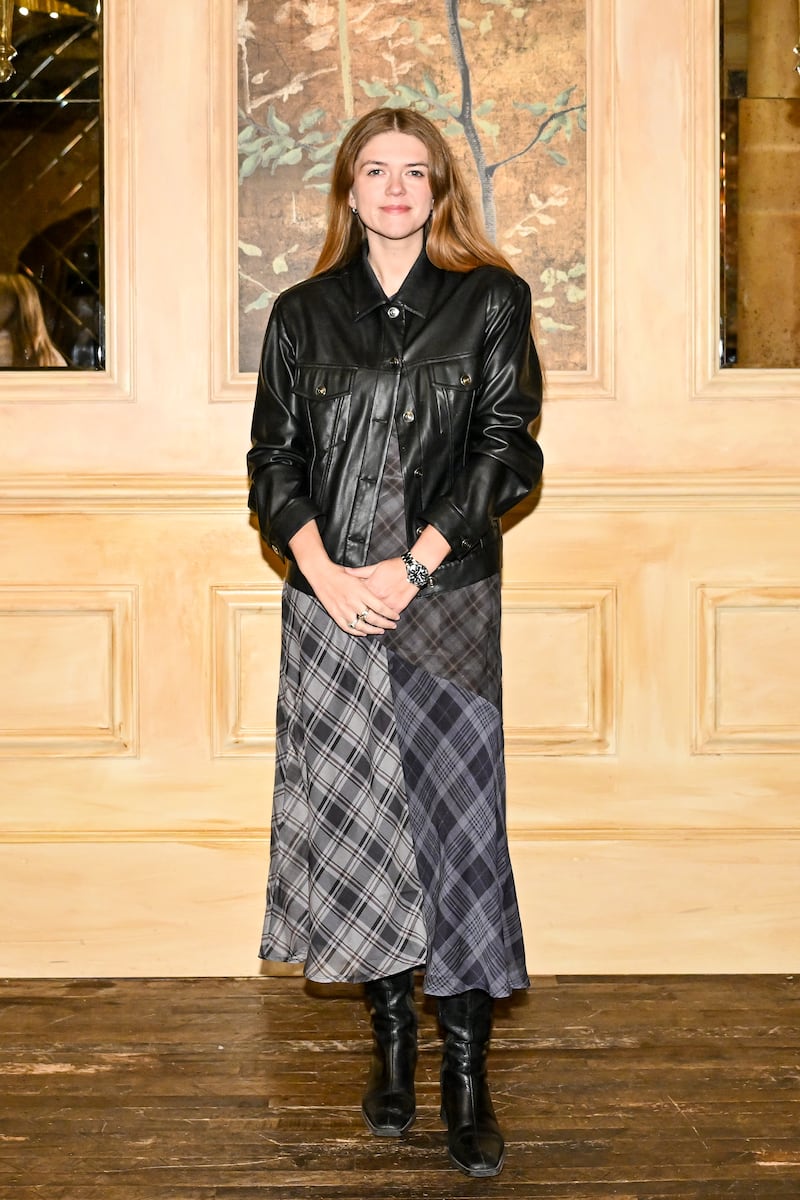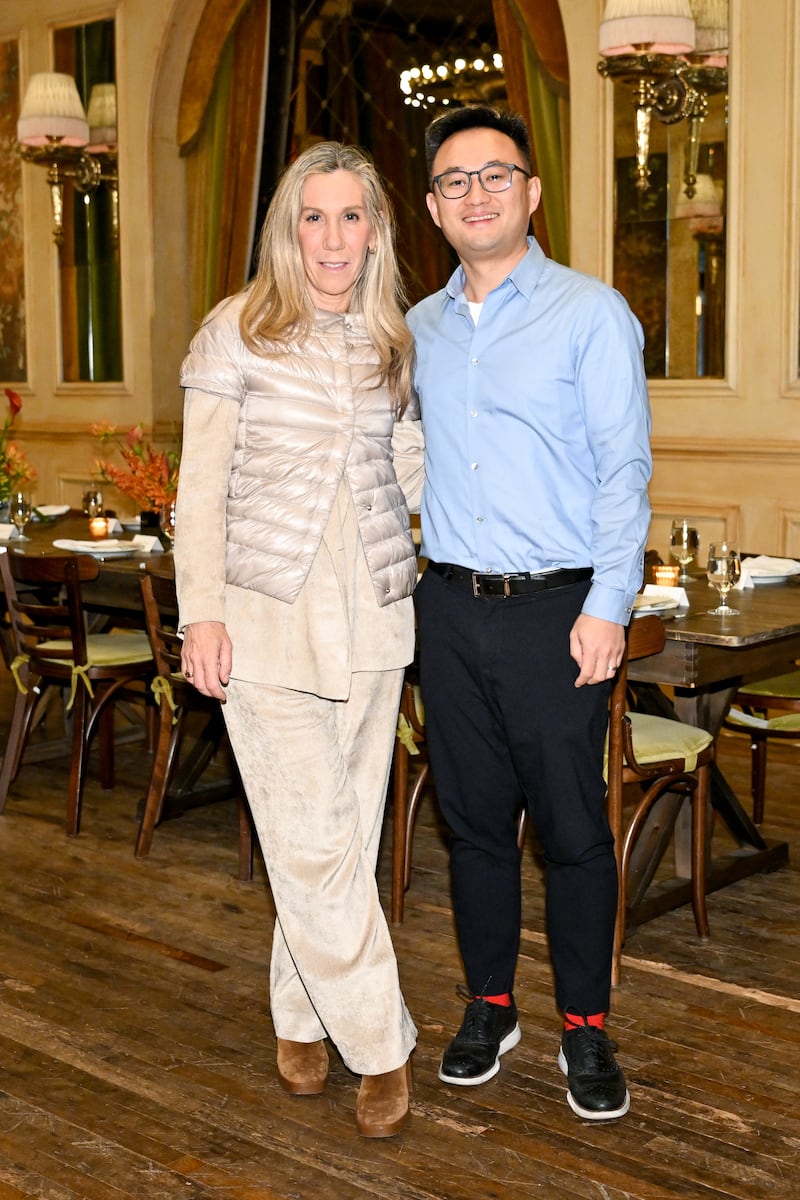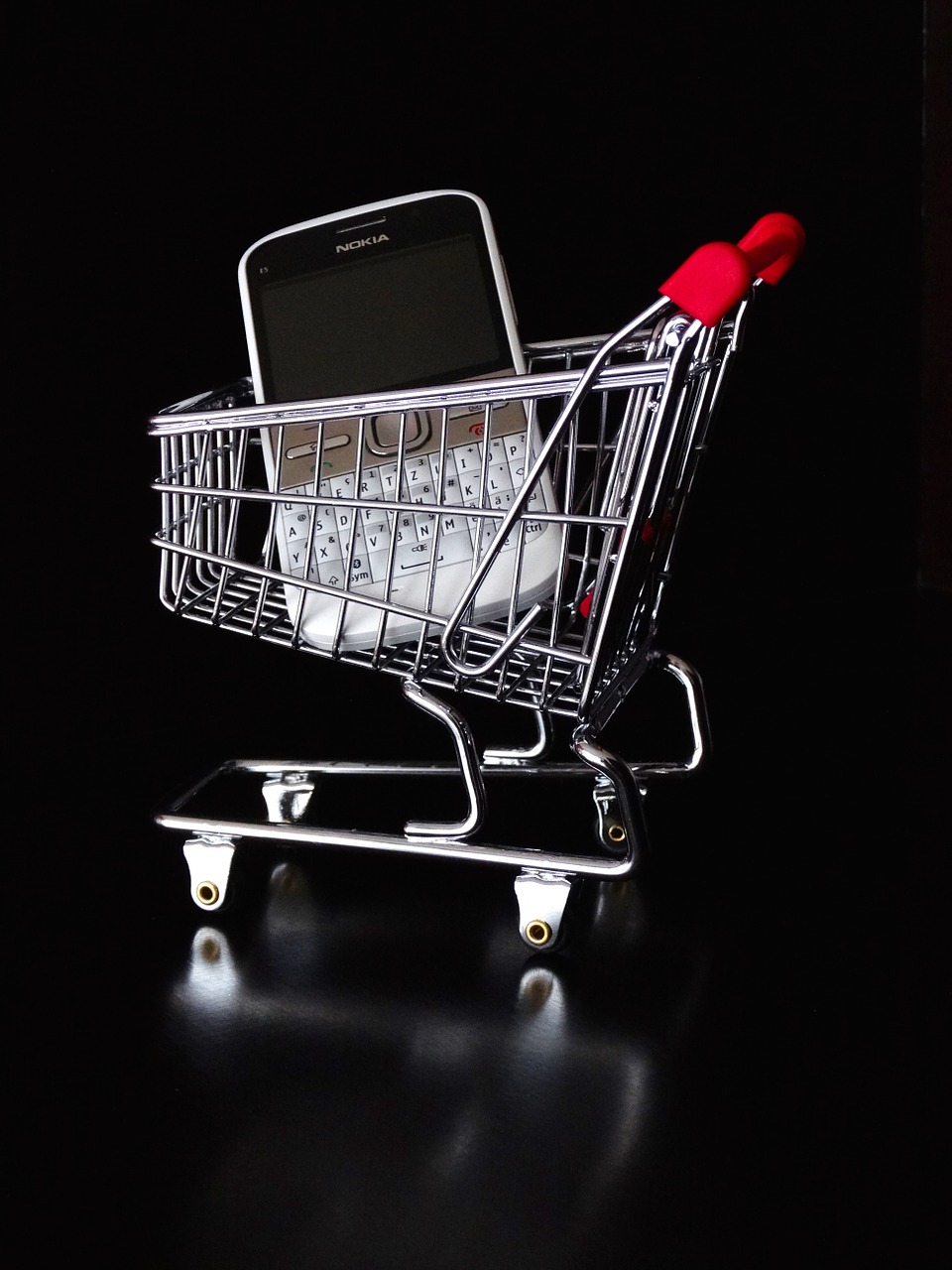NEW YORK — Last week, The Business of Beauty and TikTok Shop gathered beauty industry executives, investors and market experts in New York for a breakfast held under Chatham House Rule to chart the next phase of social commerce in beauty.
In 2025, TikTok Shop sales are up 120 percent year-over-year. K-Beauty brands including Medicube, TirTir, Dr. Groot, and Dr. Melaxin have found particular success with TikTok-first approaches, cultivating dedicated US followings and achieving 132 percent year-over-year sales growth on the platform.
Behind these success stories is a structural shift in beauty commerce. On TikTok Shop, the traditional funnel from awareness to consideration to purchase has compressed into a single moment — a consumer discovers a product in their feed and buys it without leaving the app. The platform’s US sales grew 500 percent in 2024, and doubled again in the first half of 2025, making it the eighth-largest beauty retailer in the US and the UK’s fourth-largest, according to NielsenIQ.
According to The State of Fashion: Beauty report by BoF and McKinsey & Company, social commerce is a core sales channel for 31 percent of beauty executives and used by a further 21 percent of executives as a non-core channel. However, success on TikTok Shop requires more than brand presence — it demands the right product mix, new creator partnerships and a comprehensive platform strategy.
“TikTok Shop is different because it’s a three-sided marketplace with manufacturers, creators and users. It feels very different from the traditional brand-retailer world,” said Ajay Salpekar, general manager of beauty at TikTok Shop, in his welcoming remarks. “My team and I have to bring a beginner mindset to work each day because of the pace at which the platform is evolving. We empathise with brands trying to figure out a new and different digital platform [TikTok Shop]. The ones that do well here have that same beginner’s mindset.”
BoF’s director of content strategy Alice Gividen and content strategist Yasmine Dahlberg were joined by industry leaders from the likes of TSG Consumer Partners, Euroitalia, Caudalie, Procter & Gamble, Elevate Beauty, Lake&Skye, Medik8, Imaginary Ventures, Ohana, Gisou, Sonoma Brands Capital, Puig, and others, who shared their learnings, challenges and strategic growth areas.

Below, BoF shares anonymised insights from the discussion.
Approach TikTok Shop as an Ecosystem Where Marketing and Commerce Intersect
“For the first time, it feels as though independent brands actually have an advantage on a platform,” said a TikTok Shop representative, in their opening comments. “The younger generation sees social media as their first impression of a brand and they’re craving that community and connection. Brands with strong founder stories seem to resonate on [TikTok] and followers want to support them.”
“The whole debate of ‘is it commerce?’ or ‘is it marketing?’ [is limiting]. We view it as both. You can leverage it heavily for commerce if you’re not widely distributed, or use it more for marketing depending on your distribution strategy — you can play up or down either side,” they added.
Most investors, according to a guest familiar with the subject, are currently telling brands “to focus on channel diversification.” They added: “TikTok Shop and the whole notion of creator commerce is an incremental channel that many of them don’t necessarily have the internal capabilities and skill set to actually optimise — there’s work to be done.”
Indeed, the platform’s position in the commerce landscape is indicative of broader shifts in consumer behaviour. “The funnel is not dead on TikTok Shop, it’s just [compressed.] It’s a marketing, discovery and e-commerce platform all in one,” explained a TikTok Shop representative. “The majority of purchases are from customers discovering a product for the first time — which is timely, given acquisition costs today.”
They added that consumer behaviour on the platform reflects broader shifts in content consumption. “Customers want to be entertained. It’s a ‘show me, don’t tell me’ approach. We’re seeing search volume increase exponentially because customers prefer to be greeted with a video rather than an article. They want to hear from peers and people who look and feel like them.”

managing director at Sonoma Brands Capital; Yasmine Dahlberg, content strategist at The Business of Fashion; and Courtney McGuinness Somer, founder and CEO, Lake and Skye. (Zach Hilty/BFA.com/Zach Hilty/BFA.com)
Start with Hero Products, Not Your Full Catalogue
“Picking that hero product as your foot in the door to TikTok Shop feels so critical,” said one guest. “It’s the most intimidating thing — everybody knows they have to do it, but where do you start?”
Another cautioned against simply replicating existing bestsellers: “Brands are inclined to take their bestseller from other channels, but if TikTok is about discovery, you’ve got to pick something that leans into the visual aspect or the content story.”
“A lot of the time, your hero product on another retailer is not your hero on TikTok,” agreed another guest. “It’s usually an unsung hero. I believe it’s because you’re giving creators something to talk about that brands aren’t doing themselves on other channels. That’s the number one question: how do you get the community to talk about you?”
Another guest countered this idea, reflecting that a bestseller could continue to win on the TikTok Shop platform if the story around the product evolves. “With a bestseller, there are so many different story angles within that product alone to have creators tap into”, they said. “If it’s a 15-person creator campaign, brands could have each creator focus on a different proponent.”
“Start with maybe three to five products where you think you could have a strong, compelling story, “ advised a TikTok Shop representative. “Don’t promote your entire catalogue to creators in the beginning, because you won’t get enough content to make any of them pop. The entry point for customers to discover a new brand on TikTok is often through a single product with compelling creator content.”
Let Creators Lead Storytelling for Authentic Impact
“The creators who have worked with us in the past really believe in the brand and are users of it,” said one brand executive. “In our experience, the most effective content in terms of awareness and conversion does tend to be a creator’s organic content as opposed to paid collaboration posts with our brand. Consumers can sniff out what’s original and authentic.”
Another noted the importance of creator specialisation: “Creators who specialise in certain niches become trusted voices. Their followers say, ‘If this creator likes this, I have similar taste, so it’s right for me.’ And they’re very authentic — they’ll actually tell the audience when they don’t like something.”
“TikTok Shop affiliates are really mid to lower funnel community members,” added a TikTok Shop representative. “They’re so savvy and close to their comments — they’ll give you real-time feedback on what their community is saying.”
Yet leveraging this authenticity requires brands to fundamentally shift their approach to creator partnerships. “The biggest growing pain is letting go,” admitted one executive. “Not entirely of who talks about your brand — there’s still brand safety to consider — but creators are experts in their own content… Creators tell you they don’t feel seen, that they’re getting eclipsed. They’d love to come to labs, get one-sheeters on key selling points and clinical data, but how they say it, that’s their thing.”
Another guest observed the fundamental shift in creator briefs. “TikTok has transformed how we think about the creator economy. It’s gone from being prescriptive — ‘talk about this note, wear this’ — to just listening. Here’s a loose brief, here’s product info, but I want to see what you come back with.”
“If brands aren’t listening on the platform, you’ll never be successful,” they added. “You’re prescribing if you’re not listening to what the community is already saying organically about your brand. The brands that try to force a different direction will burn money, versus brands that spot something people are talking about and go with it.”
Differentiate Through Value, Not Discounts
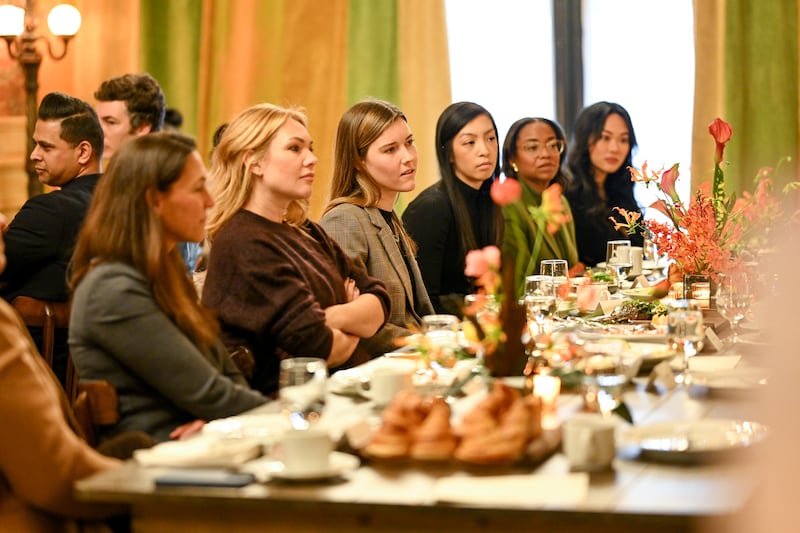
Many guests referenced price as a key focus area when experimenting with the platform. “We’re still trying to find the right method, messaging and creators to show our product is worth the price — particularly if they’re discovering us there for the first time,” said one executive. “How do we convince our shoppers that we’re worth a higher price point, if they’re immediately [scrolling] to see a product that’s a third of the price?”
“It’s really about offering something differentiated so that the creator has a hook for their content, but not necessarily a straight discount,” said one guest. “Regimen bundles, discovery sets — [consider putting] those together in an exclusive kit that has some value or a trending theme, or a gift with a purchase angle.
Another platform representative agreed. “Discounting is just one way to differentiate. For premium or prestige brands, leaning into differentiated assortments or bundles with value, as opposed to straight discounts would make more sense.”
Another referenced how feedback from their community had led a brand to make improvements on a viral skincare product. After innovating the product, they launched “with messaging that said ‘you asked, we delivered’ — and they did an exclusive gift-with-purchase offer without any discounting. The brand generated over 14K new short-form videos and $2 million dollars in sales within the first few weeks of launch [on TikTok Shop] .”
Another premium brand in fragrance also avoids traditional discounting, instead focusing on TikTok-exclusive offerings and storytelling to “drive excitement and motivate people to purchase — even without smelling the fragrance first,” shared one TikTok executive. “The brand leverages [the platform’s] live selling feature to build a community, guiding viewers through things like scent-layering routines.” This dialogue can help build a connection with customers, and support in justifying more premium price points.
Invest Strategically in Platform-Specific Tactics
“It’s not a channel for the faint of heart,” cautioned one executive. “If you’re serious, you need to lean into dedicated resources — it requires what e-commerce requires and what marketing requires.”
Another admitted to learning this lesson the hard way: “We had very mixed results because we didn’t prepare properly and treat it like truly a new growth channel with a different model. We’re working to change that approach now.”
A third shared a similar experience. “We had scaled back our spend on TikTok Shop because I think we were almost too early to the space. Many consumers were reaching out to us asking if it was our real product. This is the risk of a half-hearted approach. As we reinvest, we’re thinking about how we show up.”
“If you’re ready for TikTok Shop, you need to be fully committed,” advised a TikTok Shop representative. “For marketing campaigns and advertising on the platform, we focus on what we call the ACE framework: Assortment, Content, and Empowerment. Assortment means identifying hero products that stand out; Content involves collaborating with creators aligned with your vertical; and Empowerment requires investing in advertising to drive brand awareness and conversion.”
Guests reflected on how building a successful strategy on the platform follows a clear progression. “Beginning with the product strategy — investing your resources into one or two products, then building bundles around those things — feels pretty [unique] to the platform,” said one guest. “Everything from there is building that creator community.”
A TikTok representative pointed to K-Beauty as a prime example of this committed approach in action. “K-Beauty brands have tapped into TikTok Shop’s ability to combine brand awareness marketing with e-commerce and are strategically using the platform to enter the US market,” they said.
“Championing products with innovative hero ingredients such as PDRN, or visually-compelling textures that stand out in content, has led to a viral phenomenon that has generated over 740,000 new #K-Beauty short videos in Q3 2025 alone – over 97 percent quarter over quarter.”
As the conversation drew to a close, attendees reflected on the next wave of strategic innovation, emphasising the need to bring the impact of physical brand events into digital spaces. “So many of our most iconic touchpoints happen in real life. We’re now asking: which platforms will help us recreate these moments at scale?”
“The entertainment aspect of it all is so critical for us. If discovery and [conversion] are collapsing into a single moment, we have to be excellent at storytelling at the point of [purchase], concluded one guest. “That means leaning into brand and product stories — this is where we’ll be focusing next year.”
This is a sponsored feature paid for by TikTok Shop as part of a BoF partnership.



